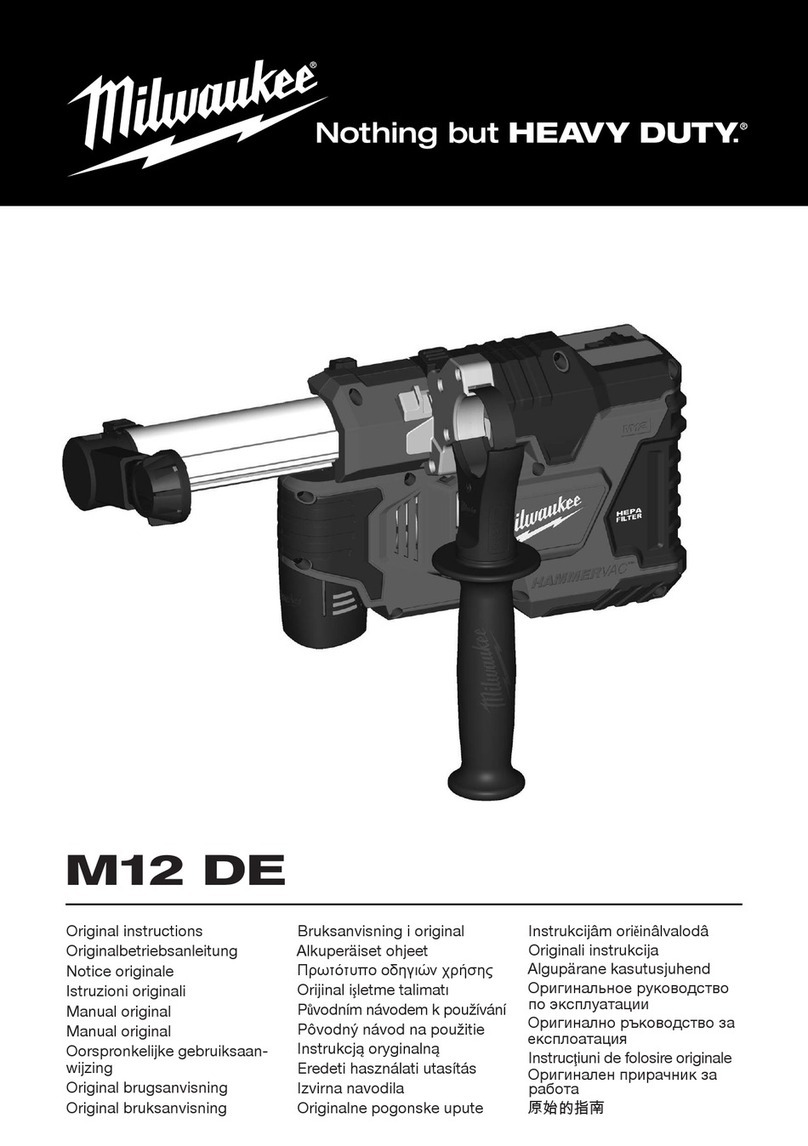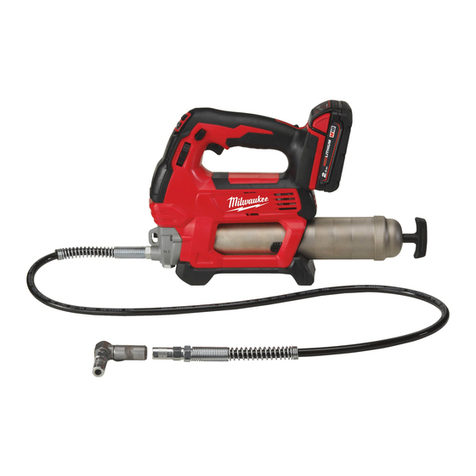Milwaukee M18 FAP180 User manual
Other Milwaukee Tools manuals

Milwaukee
Milwaukee M12 TRAPSNAKE 49-16-3574 User manual

Milwaukee
Milwaukee M12 FUEL FPXP User manual

Milwaukee
Milwaukee 5337-20 User manual
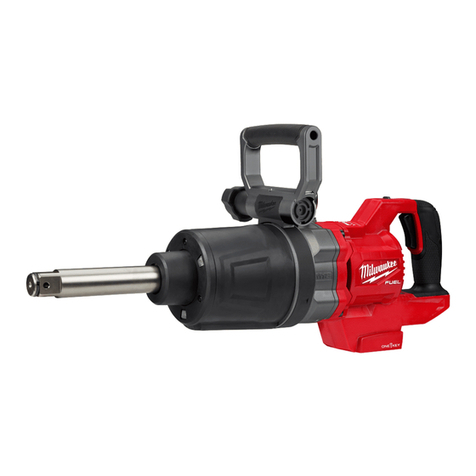
Milwaukee
Milwaukee M18 ONEFHIWF1D User manual

Milwaukee
Milwaukee 316820 User manual

Milwaukee
Milwaukee M18 FSAG115X User manual
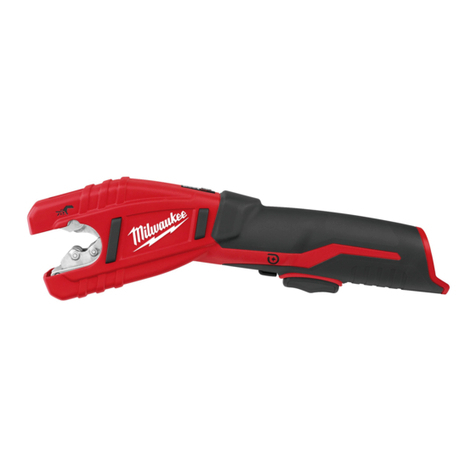
Milwaukee
Milwaukee C12 PC User manual
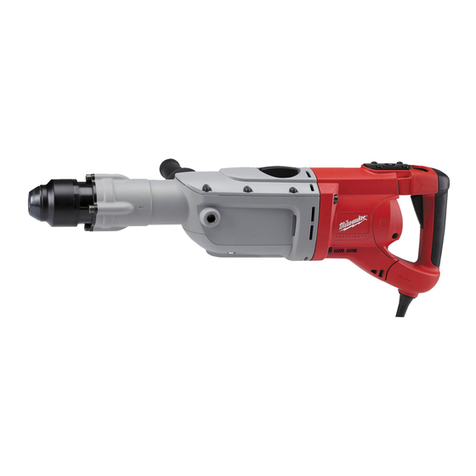
Milwaukee
Milwaukee K900 K User manual

Milwaukee
Milwaukee 2678-20 User manual
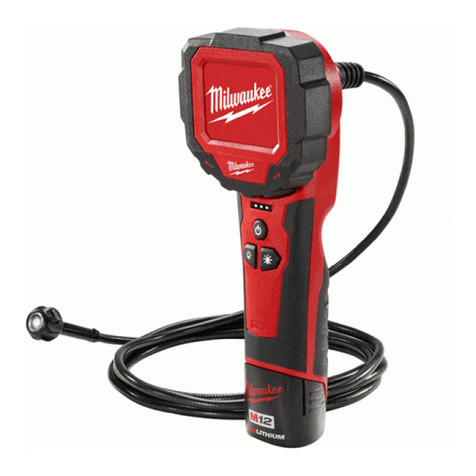
Milwaukee
Milwaukee M-Spector 360 User manual
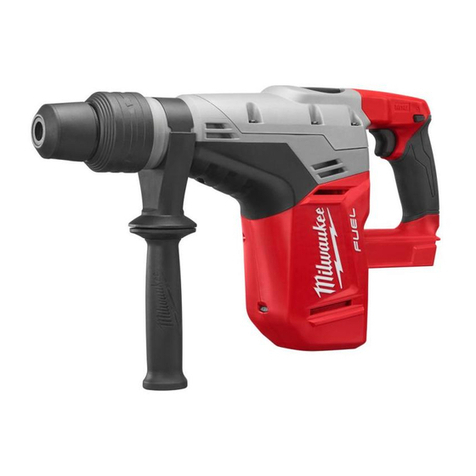
Milwaukee
Milwaukee M18 CHM User manual
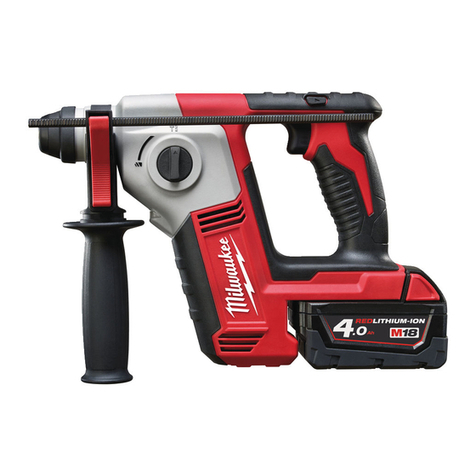
Milwaukee
Milwaukee M18 BH User manual

Milwaukee
Milwaukee HEAVY DUTY M12 FTB User manual
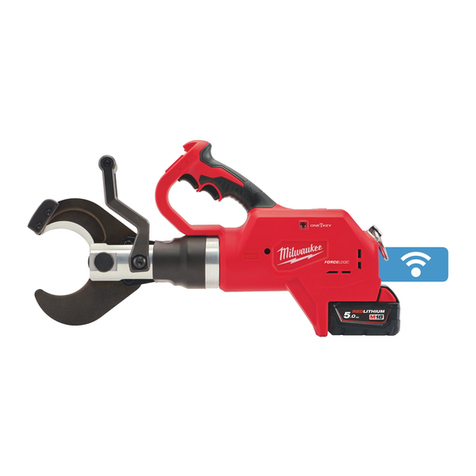
Milwaukee
Milwaukee M18 HCC75 User manual
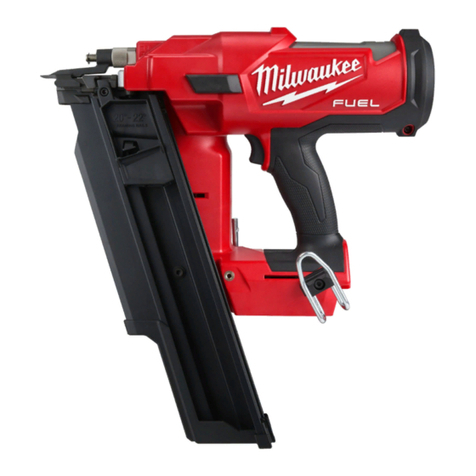
Milwaukee
Milwaukee M18 FFN21 User manual
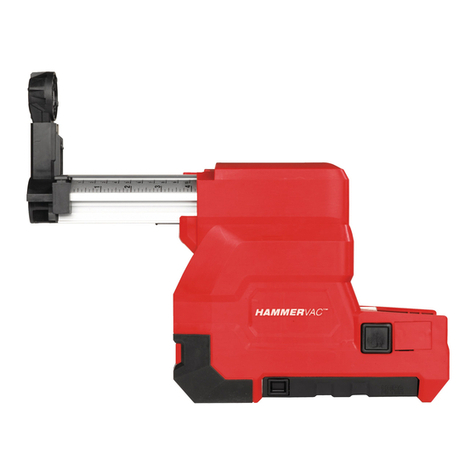
Milwaukee
Milwaukee M18-28 CPDEX User manual
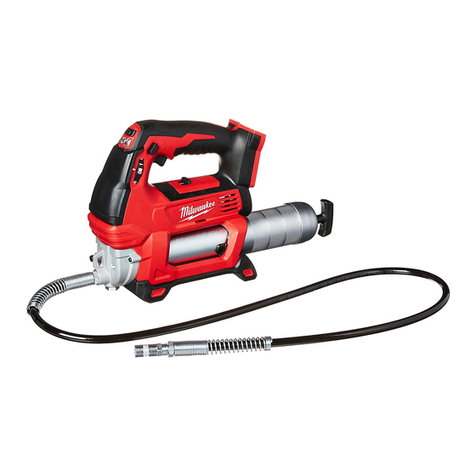
Milwaukee
Milwaukee M18 2646-20 User manual
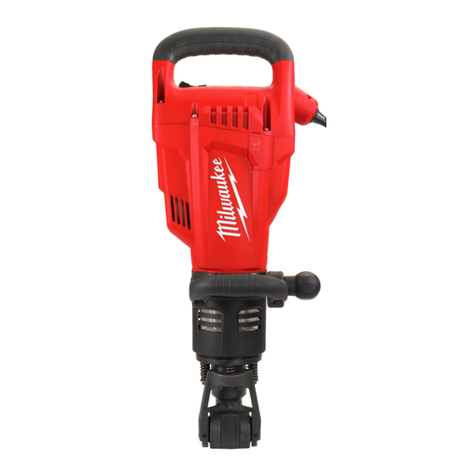
Milwaukee
Milwaukee K 1528 H User manual
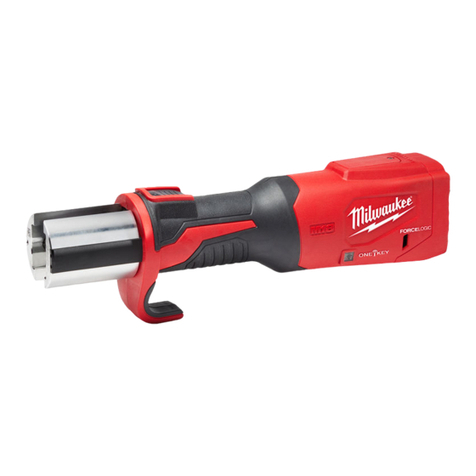
Milwaukee
Milwaukee M18 ONEBLHPT User manual

Milwaukee
Milwaukee 2461-20 User manual


